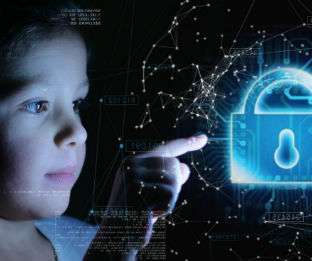New Data from Rave Mobile Safety Shows Schools’ Top Safety Concerns About Returning to the Classroom
eSchool News
AUGUST 20, 2020
Rave Mobile Safety (Rave), the critical communication and collaboration platform customers count on when it matters most, today announced a new survey report that reveals the top safety concerns that school administrators, teachers and staff have about returning to the classroom, as well as the steps they are taking to create a safe environment.















Let's personalize your content